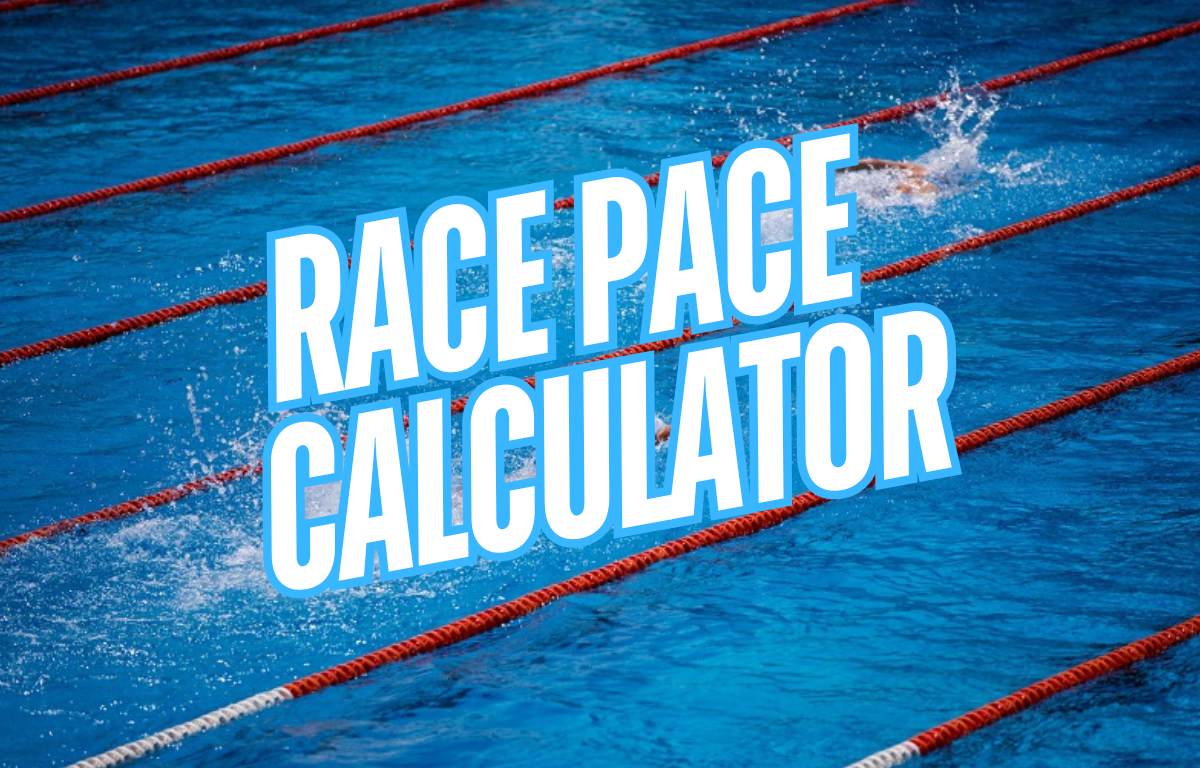
Race Pace Calculator for Swimmers
Generate race pacing splits based on the performances of the fastest swimmers on the planet. Perfect for swimmers, coaches, and performance-focused goal setting.
Our goal here at YourSwimLog.com is simple: Help you swim faster.
We create products designed to help you go faster in training and perform like a chlorinated champ on race day.
From expert training tips and mental strategies to the best swim gear reviews, we are on a mission
to help swimmers go faster, smarter, and more confidently each time they hit the
water.

Take your swim practices to the next level by unleashing more motivation, building confidence, and dominating your workouts with the best swim log on the planet.
Conquer pre-race nerves, learn what it takes to race your best when it matters most, and develop a bulletproof mindset for practice and competition.






YourSwimLog.com is the home to over 1,000 high-performance guides and articles to help swimmers go faster.
Workouts, training and racing tips, dryland and nutrition guides, and swim gear reviews to help you perform your best when it matters.

Generate race pacing splits based on the performances of the fastest swimmers on the planet. Perfect for swimmers, coaches, and performance-focused goal setting.
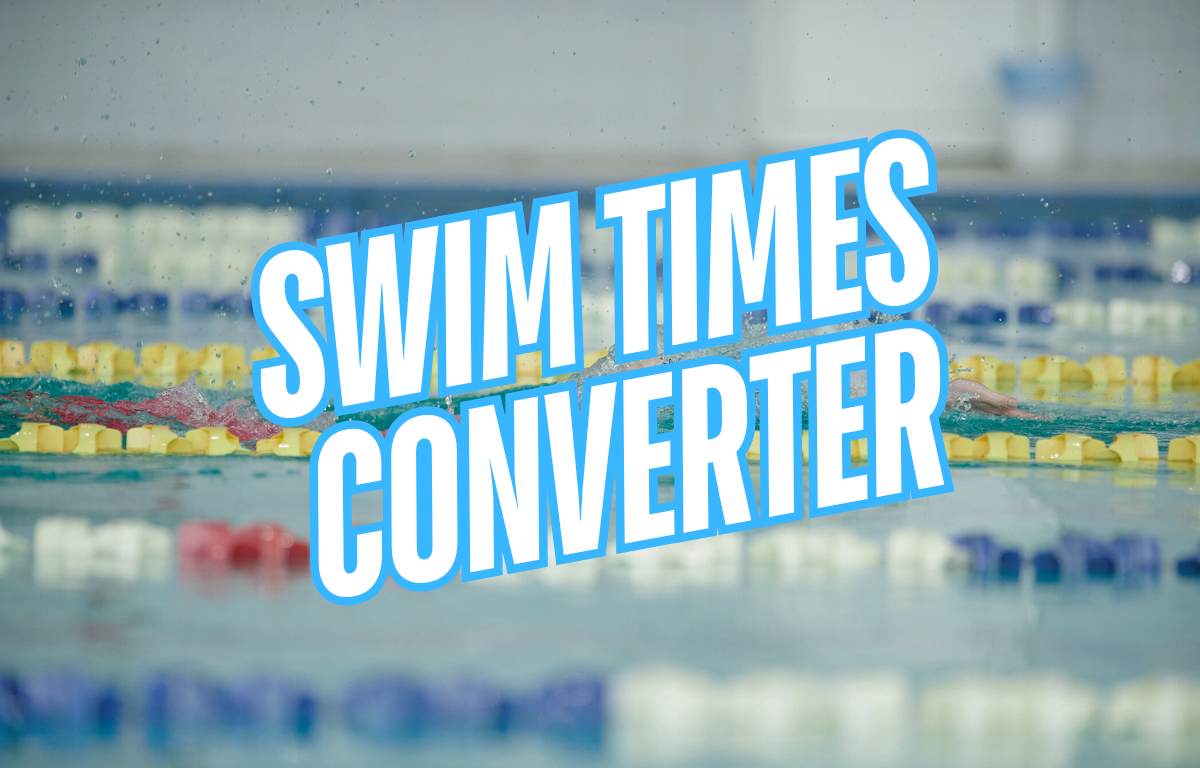
Quickly convert swimming times between short course yards (SCY), short course meters (SCM), and long course meters (LCM).
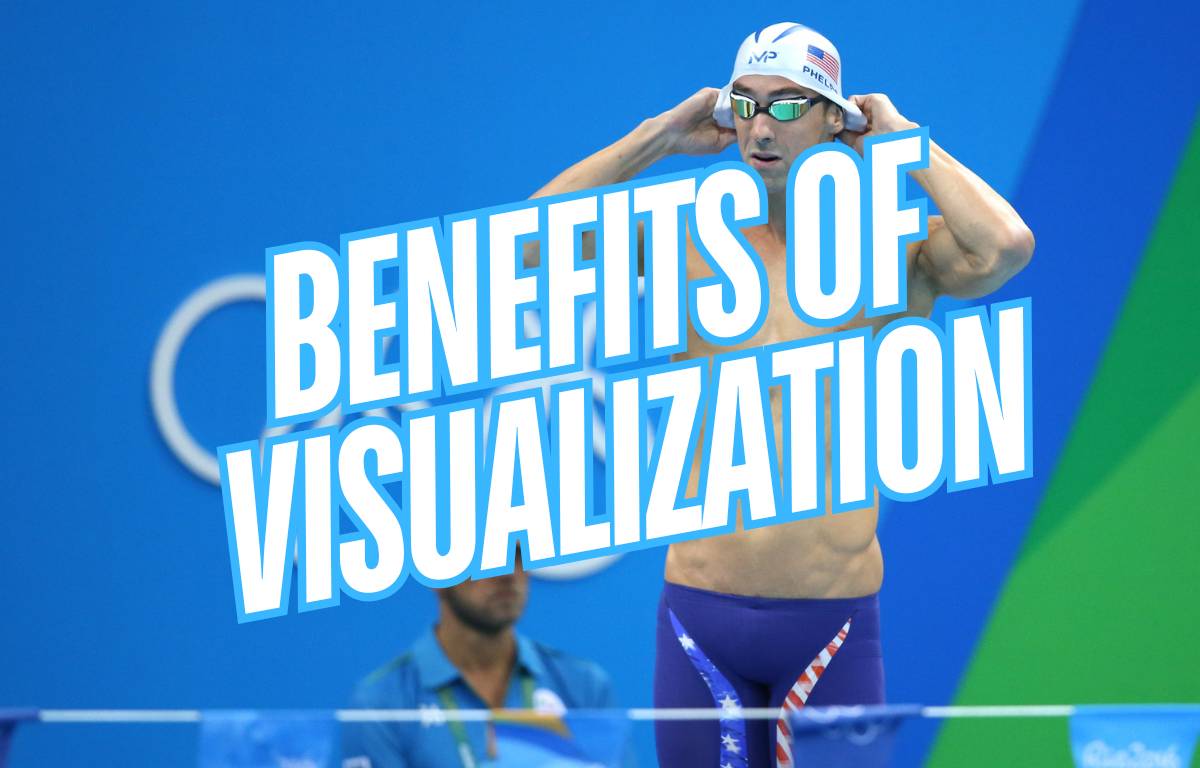
Wondering what visualization can do for your swimming? Here are some evidence-based benefits of visualization for swimmers for more confidence, less choking, and even better technique.
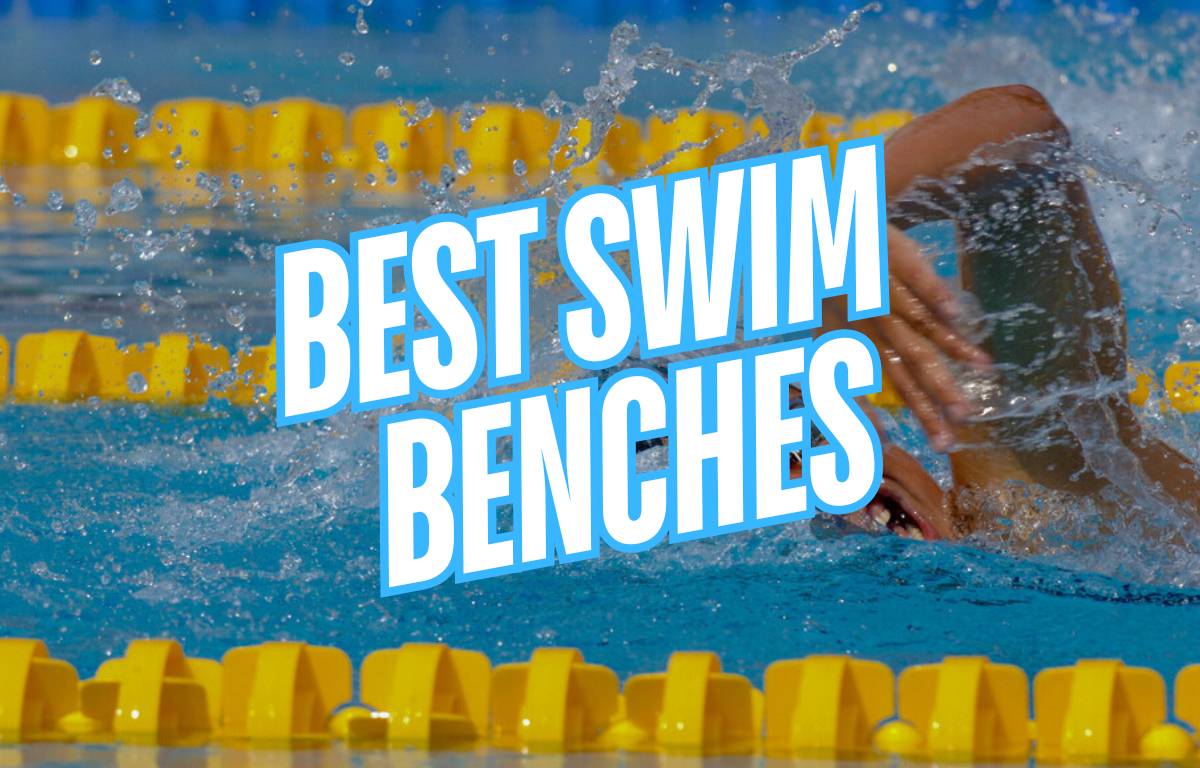
Swim benches are an excellent way to build superhero swim strength and improve technique. Here’s a hands-on review of the best swim benches for faster swimming.
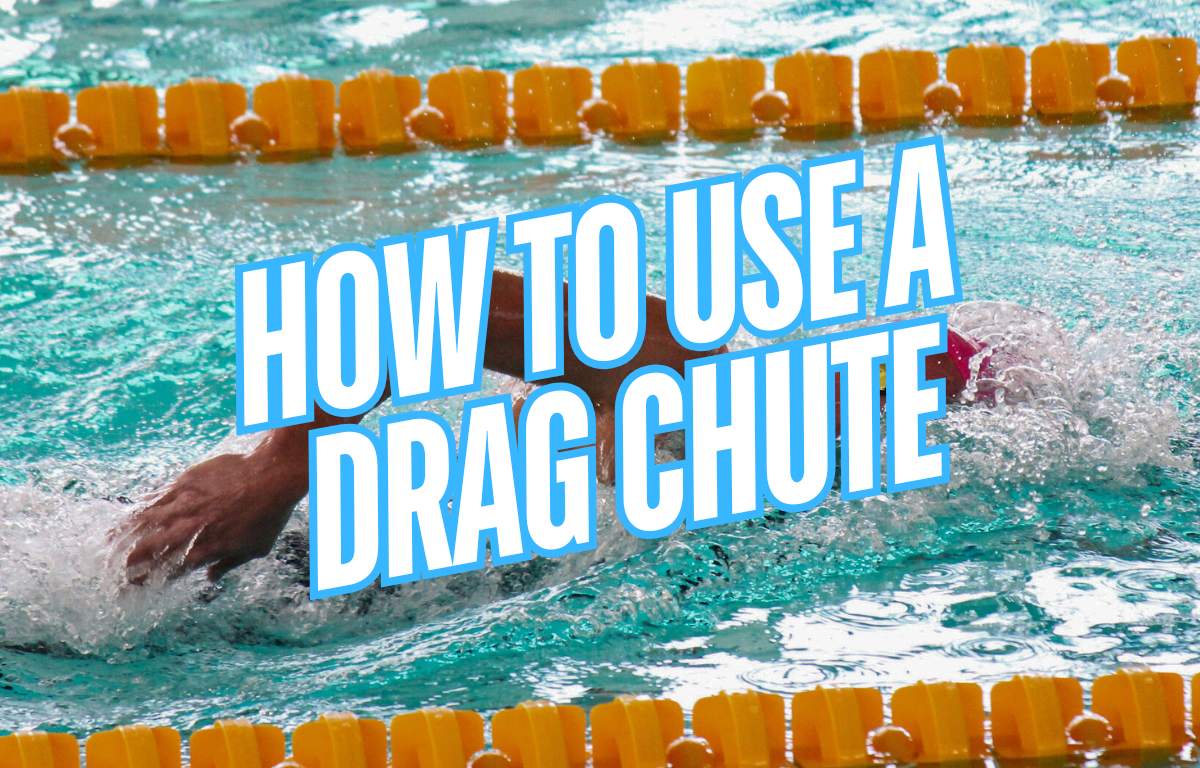
Looking for tips on how to use a drag chute for improved swim performances? Read on for some proven tips, sets, and pointers for training with a chute.

Ready to take your swimming to the next level? Here are seven ways that a drag chute can help you become a better and faster swimmer.
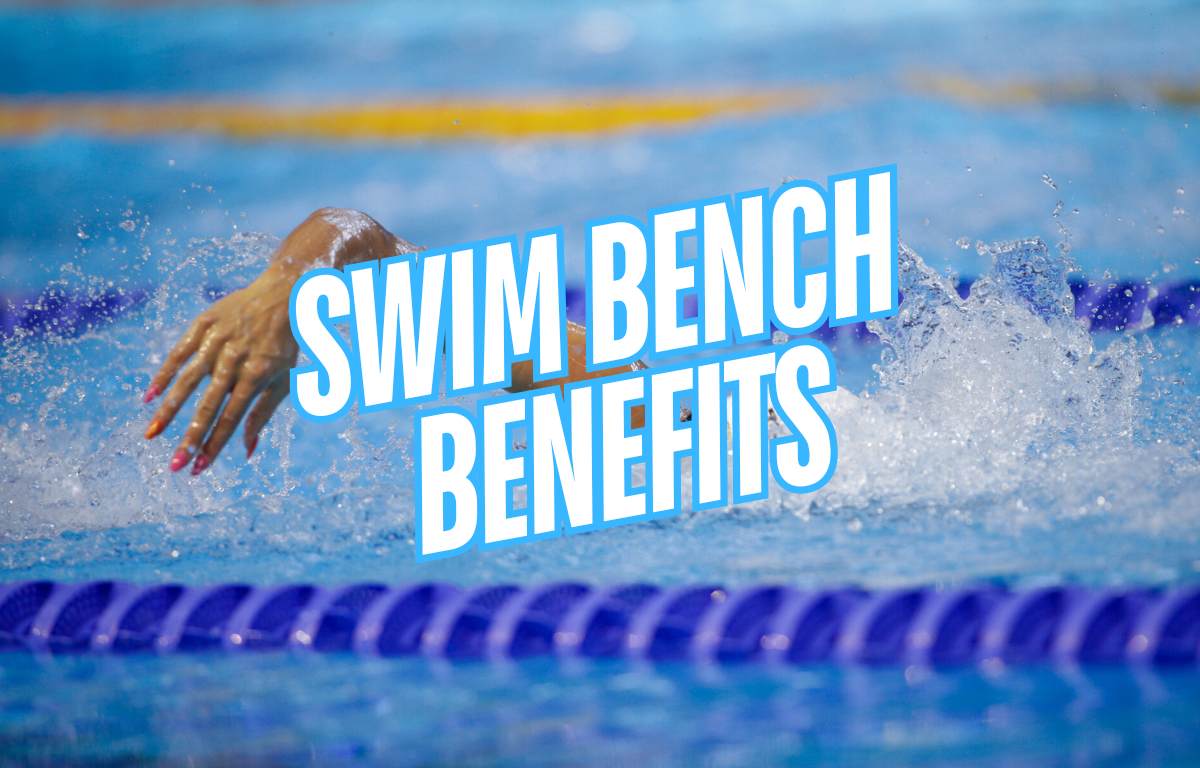
Wondering if a swim bench can help improve your swimming? Here are six benefits of swim benches for better technique, more power, and faster swimming.
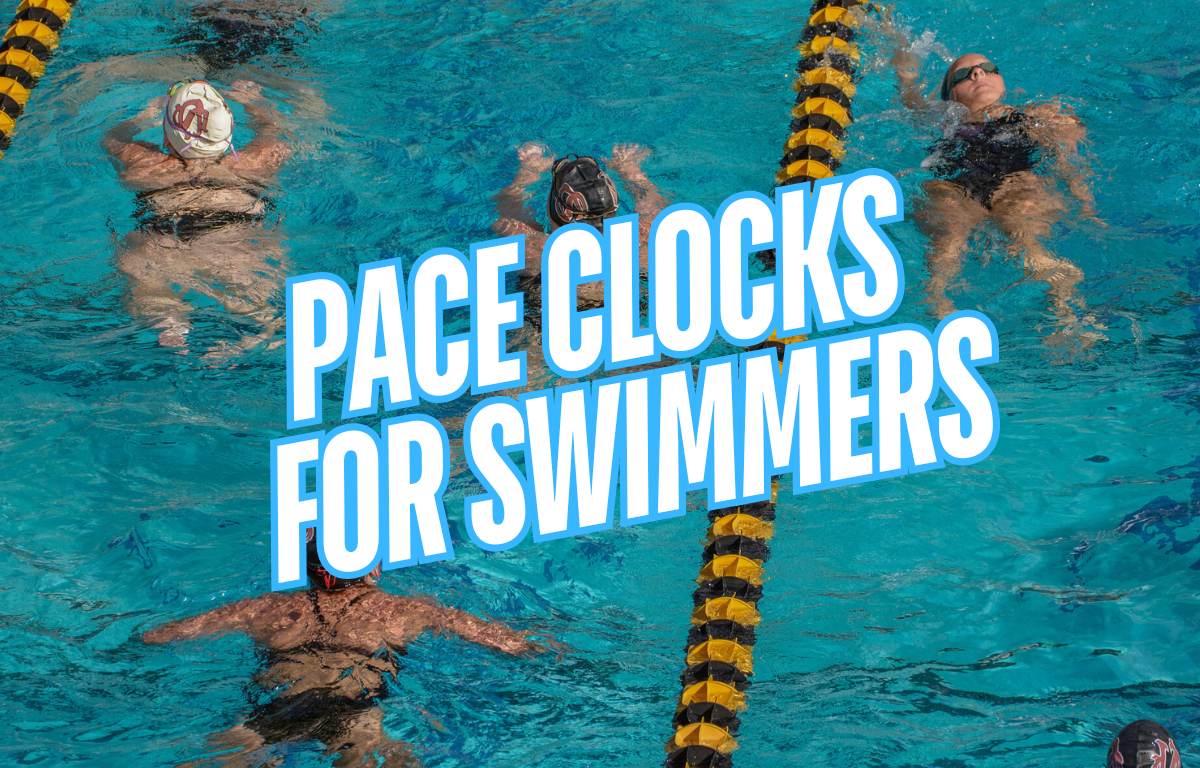
Pace clocks are an indispensable tool for accurate and focused swim training. Here is a look at the best pace clocks for every kind of swimmer and swim team.
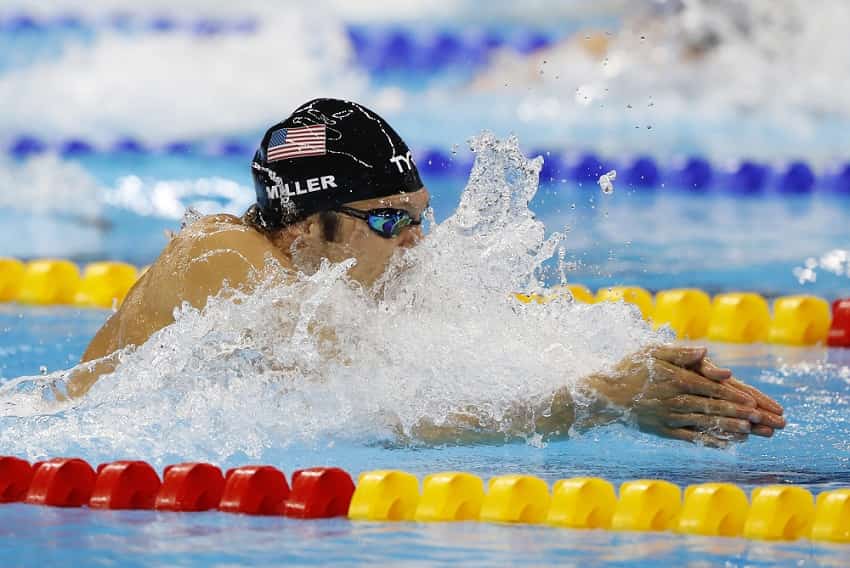




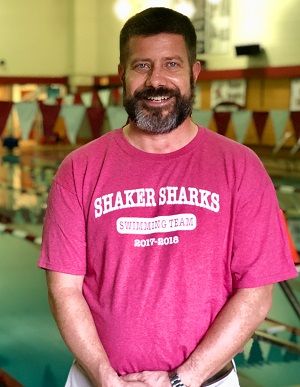



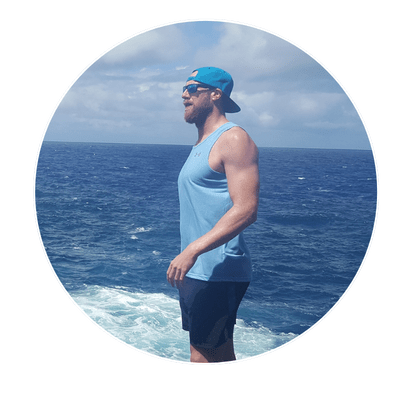
I am Olivier Poirier-Leroy, founder of YourSwimLog.com and the author of YourSwimBook and Conquer the Pool.
This is my lane in the internet-pool where I get to write about the thing I love most—this sport and how to do it at a high level!
I’ve been swimming since the age of 5 years, and since then I’ve set a NAG record, was a top nationally ranked age grouper, attended several Senior Nationals, qualified for Olympic Trials (2x), and won an OUA Championship swimming for McMaster University.
Swimming has given me a lot over the years, and this website is where I get to share my passion and knowledge for the sport.
My goal with this website is simple—to help you swim like your Speedo is on fire!
See you poolside,
